In a world where artificial intelligence and machine learning are constantly expanding, it is impossible to do QA testing without them. During the entire project, developers need to know how to apply and adapt these technologies.
The role of machine learning in AI
When evaluating the contributions of artificial intelligence to QA testing, one should not overlook machine learning, a branch of this technology that allows computers to automatically learn and improve from experience without being explicitly programmed.
Machine learning uses algorithms and statistical models to analyze and extract patterns from large amounts of data, allowing machines to make predictions, make decisions, and perform complex tasks efficiently.

That is why, when thinking about improving productivity, delivering high-quality software products, and streamlining procedures, the contributions made by AI and ML cannot be denied, as they have catapulted QA software testing to new levels.
Suscribe to our newsletter!
Benefits and challenges of artificial intelligence and machine learning
AI-driven tools automatically generate test cases. They use requirements, specifications, and historical data to speed up the process. This improves coverage by addressing more scenarios than manual methods.

Predictive analytics with machine learning models anticipates errors and performance issues. This enables proactive intervention before problems escalate.
Adaptive automation dynamically adjusts test scenarios. It also adapts data and configurations as requirements change, ensuring robust and effective testing.
AI in QA provides greater efficiency and accuracy. It automates tasks, reduces human error, and accelerates test cycles. It also reduces time and costs by optimizing the process and available resources.
However, AI faces challenges. It requires large amounts of high-quality data to train and validate models. And it requires specialized skills and ongoing training to work with these technologies.
Read more → QA: What tools enable Quality Assurance
The contributions of human intervention in QA
Consider that the QA process is not just about numbers and results. It requires unique skills that are inherent in human nature and can bring invaluable insight to the testing process.

What are the skills required to get QA testing right?
- Adaptability and flexibility in the face of unforeseen scenarios and non-linear situations: Identify new test areas, explore possible use cases, and make quick adjustments based on the results and feedback received.
- Ability to apply judgment and criteria in complex and ambiguous situations: It is necessary to evaluate the quality of a digital product beyond metrics and automated results. Contextual factors can be considered, user needs can be understood, and experience can be applied to make informed decisions.
- Creativity and intuition for testing: You need to think laterally, generate new ideas, and discover problems that may go unnoticed by purely automated approaches. Your ability to generate new hypotheses and tackle complex problems can significantly improve the quality and efficiency of testing.
- User interaction: Simulating real-life scenarios, testing usability, assessing accessibility, and verifying users’ emotional response to the digital product are necessary. As a result, subtle problems are uncovered that are difficult to detect through automated testing.
Key Indicators in software QA Testing
In conclusion, the combination of machine learning and tools such as SonarQube, Cypress, Copilot, and even ChatGPT with human expertise provides a balance of the best of both worlds. The result is an exceptional level of quality that satisfies both users and the ever-evolving demands of the market.

At Crombie, we apply artificial intelligence to enhance quality and security.
We implement smart QA processes that help detect bugs faster, automate testing, and improve software quality from the early stages. In addition, we offer AI-powered solutions such as fraud prevention, regulatory compliance, price optimization, and due diligence. This allows companies to reduce risk, make better decisions, and boost operational efficiency.

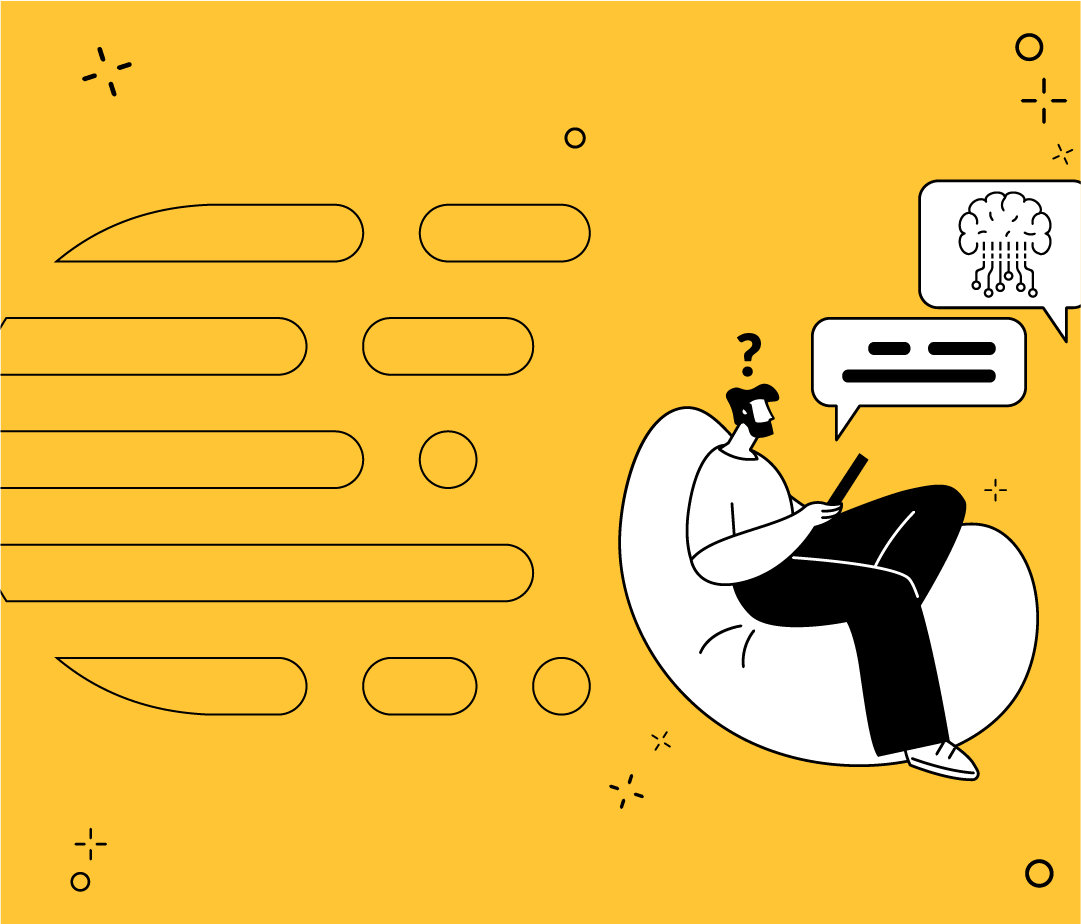
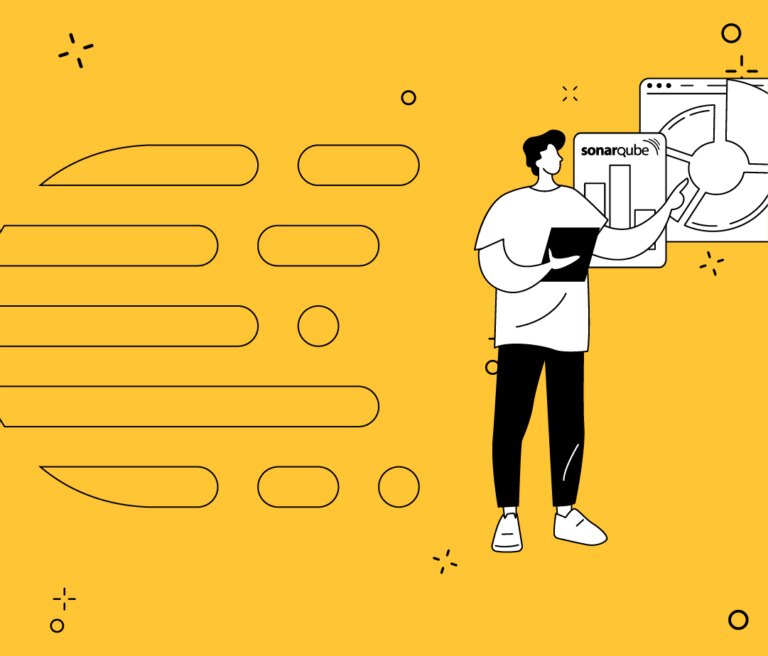






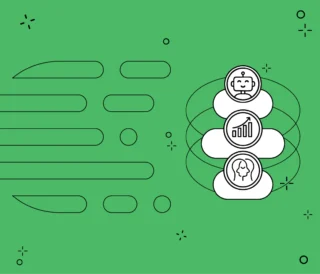
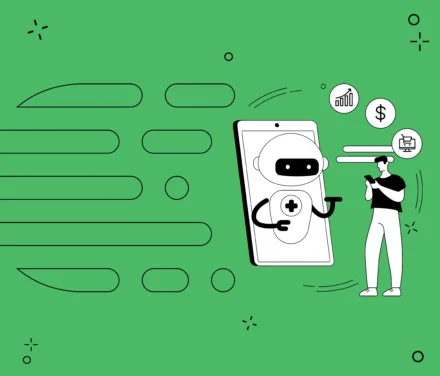
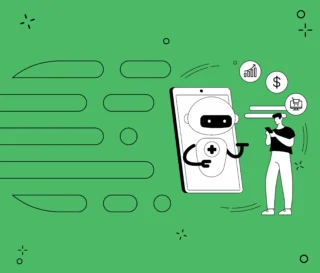
Leave a Comment